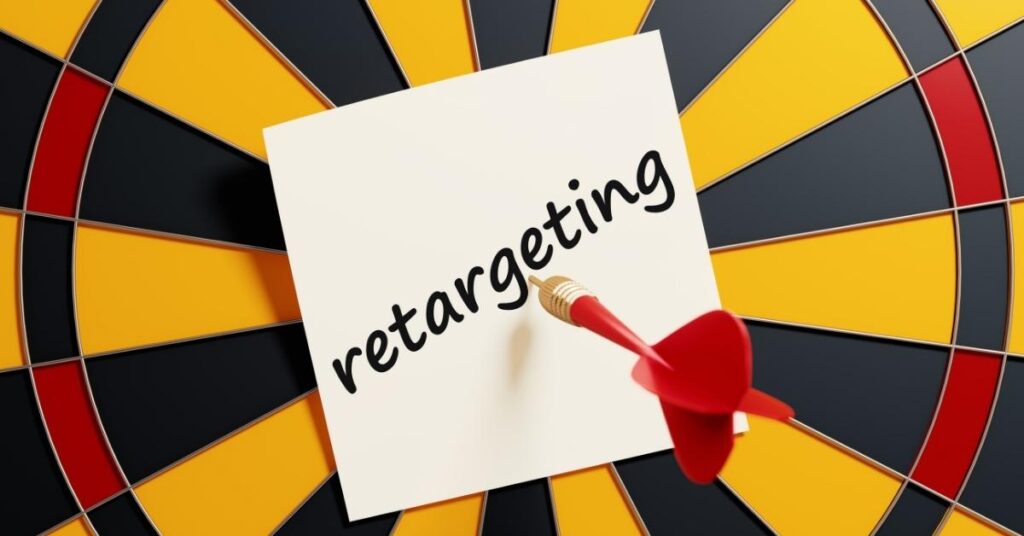In the dynamic landscape of digital marketing, the concept of the mere exposure effect stands as a pivotal principle that can significantly amplify customers’ positive perceptions. This phenomenon, deeply rooted in psychology, asserts that people tend to develop a preference for something simply due to the sheer frequency of their exposure to it, regardless of how brief or fleeting that exposure might be.

The mere exposure effect explained
The mere exposure effect is a psychological phenomenon that describes the tendency for people to develop a preference for things they are exposed to repeatedly. In other words, the more familiar we become with something, the more we tend to like it, even if we initially had no particular preference for it.
This effect was first studied by psychologist Robert Zajonc in the 1960s. He conducted experiments where participants were exposed to a series of stimuli, such as images or sounds, multiple times. Over time, participants began to express a preference for the stimuli they had seen or heard more frequently. This preference could apply to a wide range of things, including people, places, objects, or even abstract concepts.
The mere exposure effect has several important implications. First, it suggests that familiarity can lead to liking, which can influence our choices and behaviours. For example, we may be more inclined to choose a brand of cereal we’ve seen advertised frequently, or we may feel more comfortable around people we’ve interacted with regularly.
Second, the mere exposure effect highlights the role of subconscious processes in shaping our preferences. Often, we are not consciously aware of the exposure or the influence it has on our feelings and attitudes. This effect operates at a subtle, automatic level.

Introduction to mere exposure effect in marketing
Delving into the intricacies of the mere exposure effect unveils its profound implications for the realm of digital marketing. At the forefront of leveraging this effect stands retargeting—a sophisticated strategy that involves displaying advertisements to individuals who have previously interacted with a brand. This strategic approach capitalizes on the familiarity built through initial engagement, paving the way for enhanced brand affinity and potentially influencing purchase decisions.
A noteworthy study conducted in 2007 casts light on the potency of the mere exposure effect in the digital advertising realm. In this experiment, researchers tasked students with reading an article that subtly integrated digital camera advertisements. Following this exposure, the students were presented with a set of ads for evaluation. Strikingly, even though the students did not explicitly recall encountering the ads during their initial reading, they rated the digital camera advertisements more favorably compared to ads they had not been previously exposed to. This underlines the subtle yet impactful influence that repeated exposure can exert on individuals’ perceptions and preferences.
Moreover, an intriguing discovery emerged from the research: readers exhibit a remarkable level of tolerance for the same advertisements. Contrary to conventional assumptions regarding “wear-out effects,” wherein repeated exposure might lead to diminished engagement, the study found that even after encountering an advertisement up to 20 times, the wear-out effects did not significantly kick in. This resilience against ad fatigue suggests that digital marketers can strategically deploy retargeting campaigns with confidence, knowing that a well-crafted strategy can maintain its efficacy even with sustained exposure.

Applying mere exposure effect in digital advertising
Applying the mere exposure effect within the realm of digital advertising necessitates a meticulous approach. Practically every major digital advertising platform offers retargeting capabilities, allowing businesses to harness the power of familiarity. The process begins with the establishment of a tailored audience segment—comprising users who have previously visited the brand’s website or engaged with its advertisements. This audience serves as the foundation for the retargeting campaign.
To maximize the impact of the campaign, experts recommend infusing regular variations into the advertisements. By introducing fresh creative elements, messaging, or even formats, marketers can prevent stagnation and ensure continued engagement. Moreover, embracing a strategic duality of high- and low-attention marketing campaigns holds great potential. While high-attention campaigns aim to captivate users with innovative and attention-grabbing content, low-attention campaigns provide a subtle reminder of the brand’s presence without overwhelming the audience.
In conclusion, the symbiotic relationship between the mere exposure effect and retargeting in the realm of digital marketing presents a compelling avenue for businesses to foster positive customer perceptions and deepen brand engagement. By harnessing the psychology of familiarity and strategically implementing retargeting campaigns, companies can position themselves to resonate more effectively with their target audiences, ultimately influencing purchase behaviour and cultivating long-lasting brand loyalty.





